Shell Ginger
Alpinia zerumbet is by far the most widely cultivated ginger in Florida landscapes, and it isn’t hard to see why. This is probably the most forgiving of all of the gingers in regard to soil conditions, light conditions, water, and temperature. In zone 8b or higher, shell ginger is an evergreen perenial. It can be grown outdoors year round in zone 7, and it will go dormant in the Winter.
Unfortunately this means that it won’t ever bloom, since the blooms only form on older growth. If you are in zone 7, it is still worth growing for the foliage. The variegated form of Shell ginger is particularly widespread, since it gives a slpash of colors even when it isn’t blooming. On top of being beautiful, it is edible, as well as being used medicinally.
The flowers of the variegated form are identical to the wild type form, and are spectacular. This is where it gets the name shell ginger.
Whether you like the wild form, or the variegated form of Alpinia zerumbet, it will be a very rewarding plant to grow in your landscape. Shell ginger is a particularly good plant for people who prefer low maintenance landscaping.
Origin
China
Binomial nomenclature
Alpinia zerumbet
Common names
Shell ginger, pink porcelain lily, getto (Japan)
Description
The pseudostems are tall (6-8′) with large oposing leaves, and create a stunning tropical effect. The inflorescence is a large, pendant, cluster of white or pink flowers, with red and yellow in the labellum. The cut foliage has a spicy gingery smell.
Height
8′
Temperature/Zone
Zone 7, 10°F or higher. In zones lower than 7, they will need to be brought into a greenhouse during the Winter. In zone 7, the foliage will die when temperatures get too low, but it will re-grow from the rhizome in the Spring. Heavy mulching will help to ensure that the rhizomes don’t freeze.
Light
Part shade to full sun.
Water
Keep them evenly moist during the warm months, but allow them to dry out a bit more during the winter. They can tolerate drought, but will be stunted in its growth.
Fertilizer
I use an all purpose fertilizer. Do not fertilize during the Winter.
Cultivation
A. zerumbet prefers rich, well drained soil, and will tolerate sandy soil as well, but is not adaped to heavy clay soil.
Pests
A. zerumbet isn’t particularly susceptible to pests.

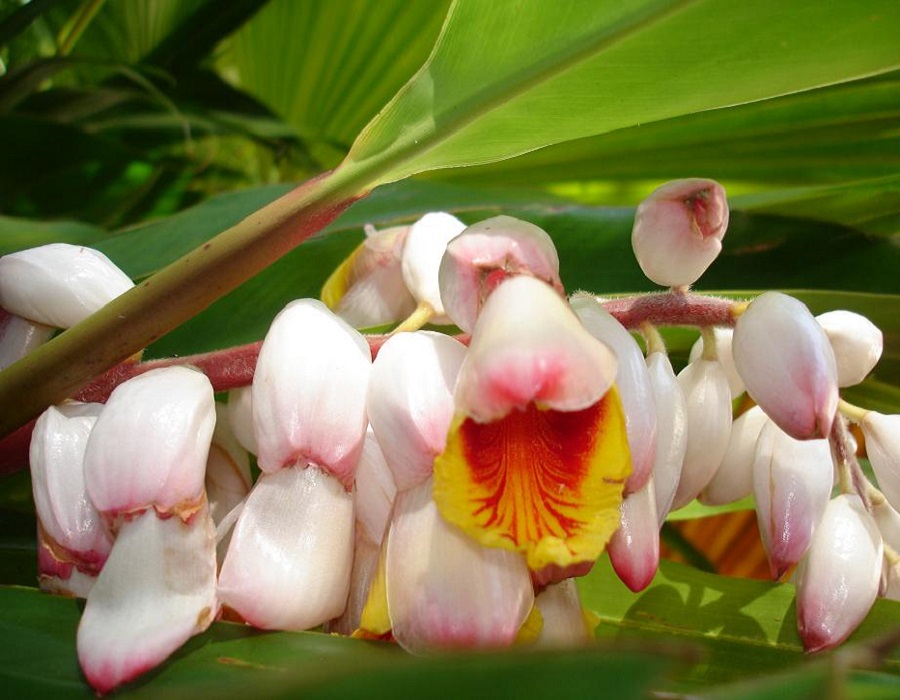
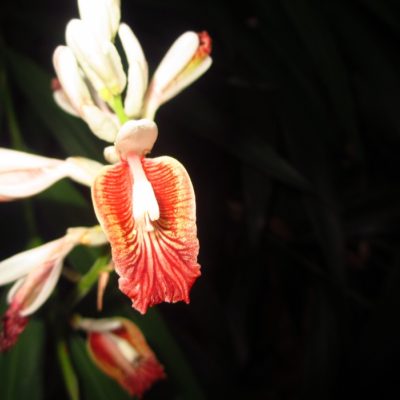
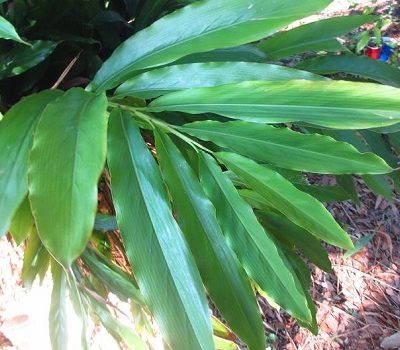
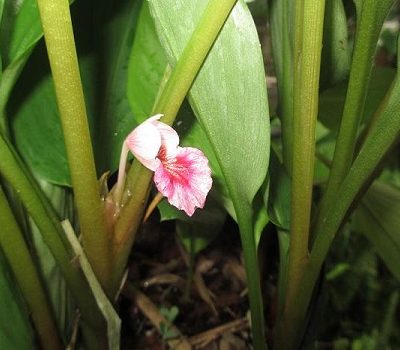
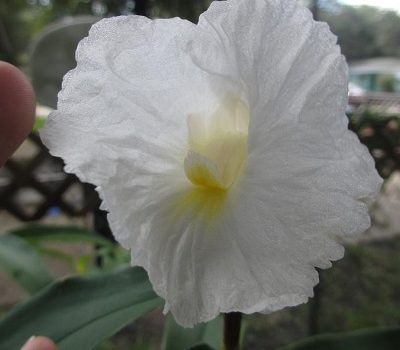
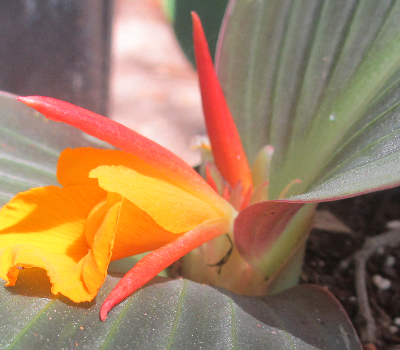
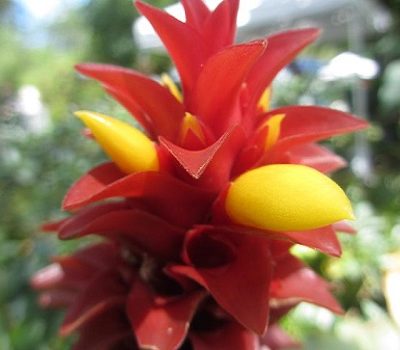
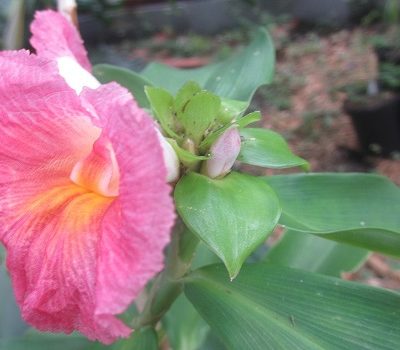
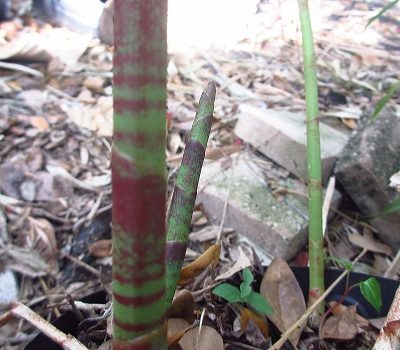
This actually answered my dilemma, thank you!